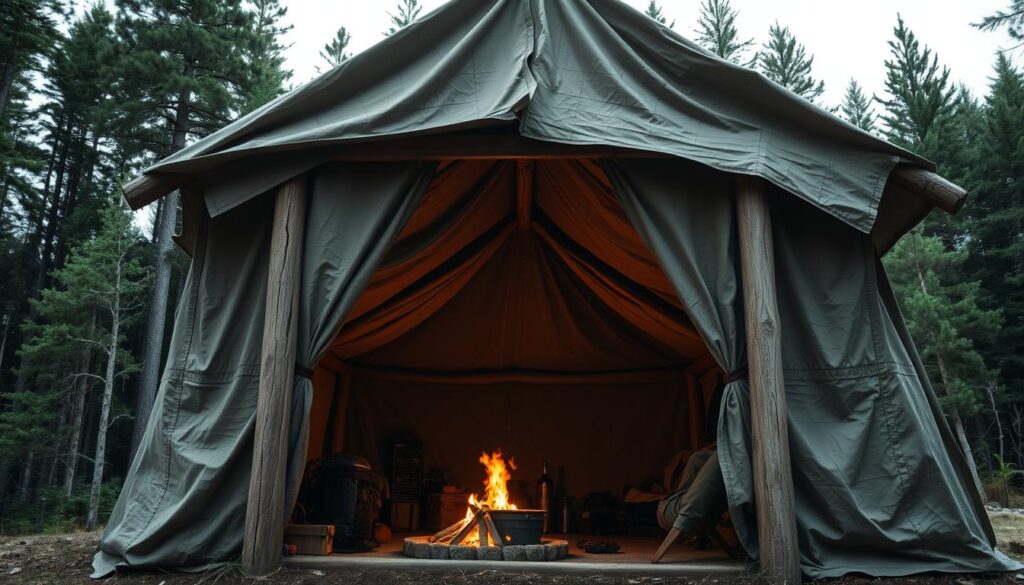| Material | Pros | Cons |
|---|
| Wood | Easily available, easy to work with, natural insulation | May rot or be damaged by pests, less durable than metal |
| Metal | Highly durable, can be recycled, provides strong structural integrity | Difficult to work with without specialized tools, can be noisy |
| Recycled Materials | Environmentally friendly, can be cost-effective, unique structures possible | May require additional processing, variability in quality |


